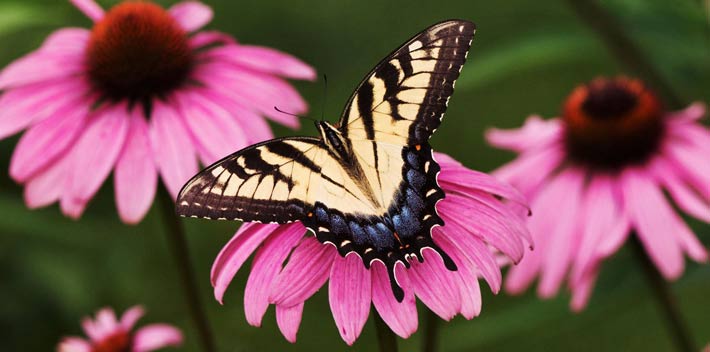
Coneflower is a native North American perennial sporting daisy like flowers with raised centers.
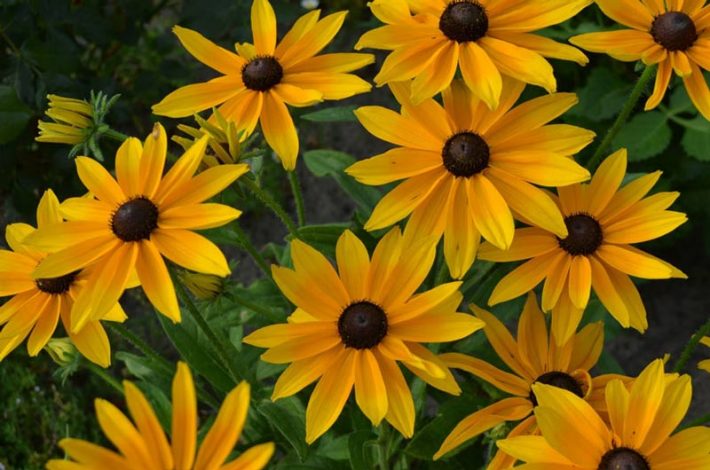
About This Plant
The flower, plant, and root of some types are used in herbal remedies.Widely renowned as a medicinal plant, coneflower are a long-flowering perennial for borders, wildflower meadows, and prairie gardens. Blooming midsummer to fall, the plants are relatively drought-tolerant and rarely bothered by pests. The flowers are a magnet for butterflies, and the seeds in the dried flower heads attract songbirds.
Flower colors include rose, purple, pink, and white, plus a new orange variety. Plants grow 2 to 4 feet tall, depending on variety.
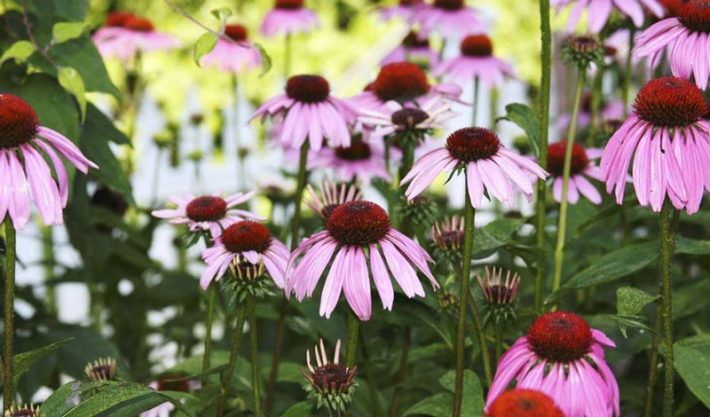
Special Features
- Easy care/low maintenance
- Multiplies readily
- Good for cut flowers
- Attracts butterflies
- Deer resistant
- Tolerates dry soil
Site Selection
Select a site with full sun to light shade and well-drained soil.
Planting Instructions
Plant in spring, spacing plants 1 to 3 feet apart, depending on the variety. Prepare the garden bed by using a garden fork or tiller to loosen the soil to a depth of 12 to 15 inches, then mix in a 2- to 4-inch layer of compost. Dig a hole twice the diameter of the pot the plant is in. Carefully remove the plant from its container and place it in the hole so the top of the root ball is level with the soil surface. Carefully fill in around the root ball and firm the soil gently. Water thoroughly.
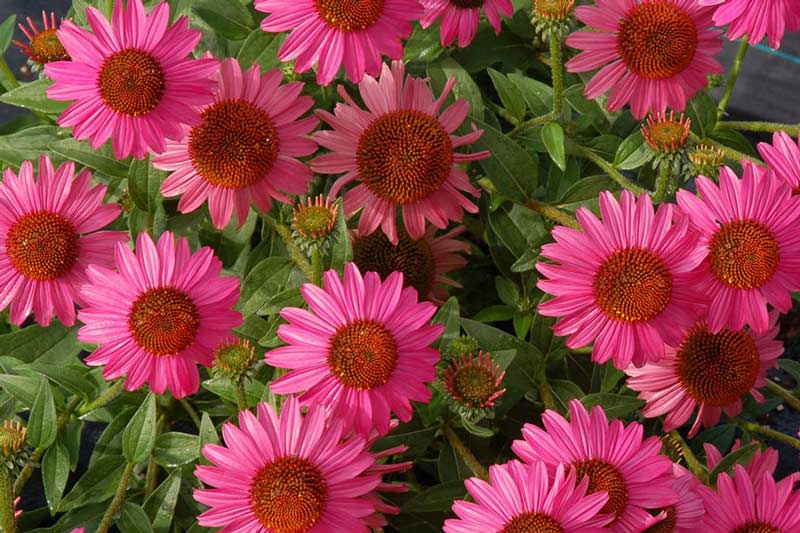
Care
Apply a thin layer of compost each spring, followed by a 2-inch layer of mulch to retain moisture and control weeds. Water plants during the summer if rainfall is less than 1 inch per week. Deadhead spent flowers to extend flower period, but leave late-season flowers on the plants to mature; the seedheads will attract birds. Divide plants every 3 to 4 years as new growth begins in the spring, lifting plants and dividing them into clumps.
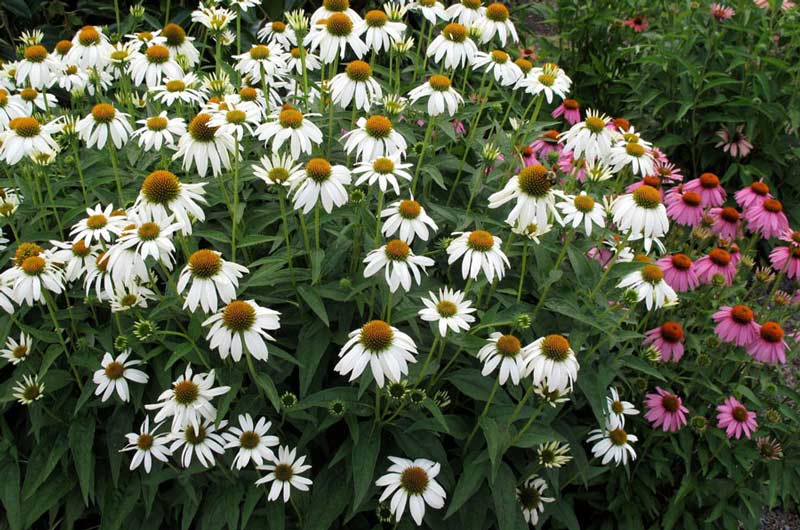


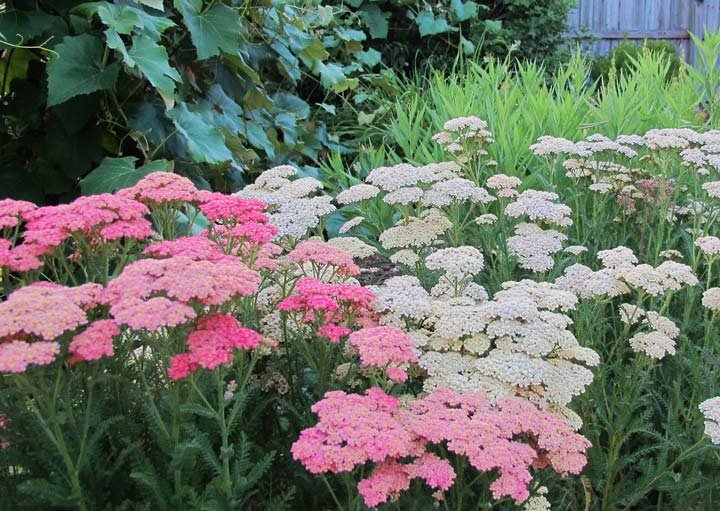

Leave a Reply